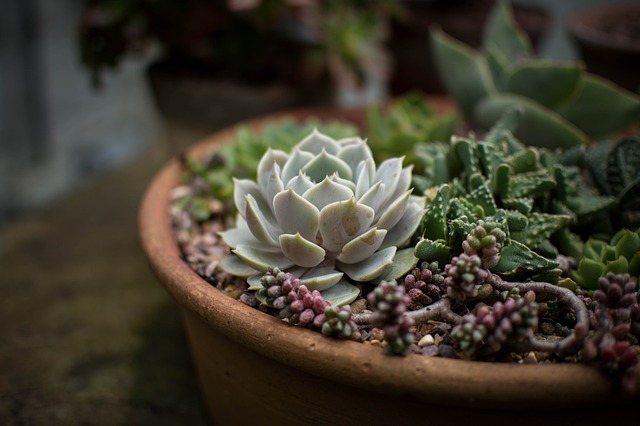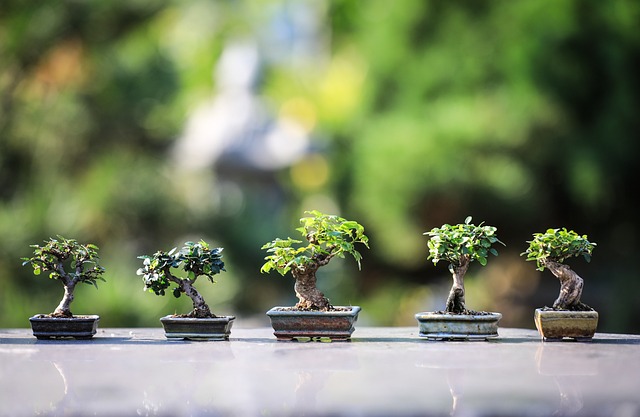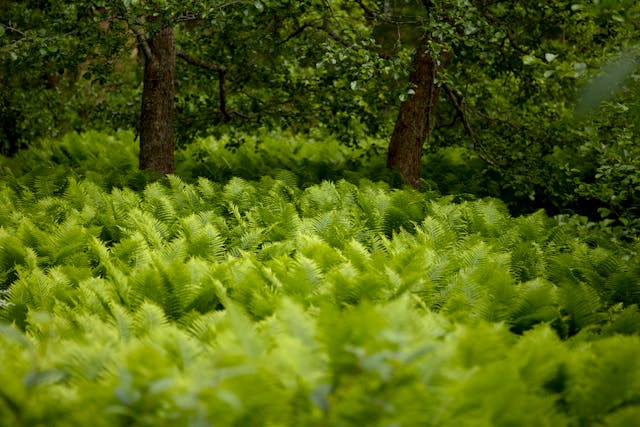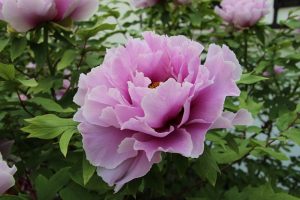The current craze in gardening is called chaos and involves extreme gardening. Various people have different definitions of “chaos gardening,” but they are all influenced by nature’s untamed development and a hint of revolt against the order and neatness of conventional horticulture. All in all, it’s a positive step toward a more organic gardening style—an environmentally conscious method that considers animals and mimics the carefree, natural aesthetic of the countryside, which is produced by plants growing and blending together uncontrolled.

Last year’s RHS Chelsea Flower Show included a lot of chaotic gardening, with a focus on exquisite naturalistic planting, blooms that self-seeded, and a more delicate look. On the other hand, vigorous weeds in display gardens were a sight to see and gardeners were urged to become more tolerant of them. Later, more on it.
As a horticultural reaction to environmentally conscious advancements in forestry and agriculture, the chaos movement has arisen. For example, the remarkable rewilding at Knepp in West Sussex and Suzanne Simard’s fascinating studies on tree networks demonstrate that plants thrive best when left to their own devices and that plants maintained in isolation are more vulnerable to disease and pests. This is already evident in a few well-known contemporary gardening techniques, such planting delicacies alongside companion plants and pairing roses with perennials. Gardeners are now being challenged to apply chaos gardening, a more advanced version of nature’s lesson. How you approach it will determine whether the ultimate product is a crazy hotchpotch jumble that requires a lot of effort, or a beautiful potpourri of surprises that saves time and draws in animals.
In summary, RHS gold medal winning gardener Cleve West says, “Chaos gardening isn’t a term I’m familiar with but I suppose it helps anyone looking for a snappy title to describe a more relaxed approach to the way we plant and tend our backyards.” This trendy term, which is currently trending on TikTok, actually means gardening in an informal way, ignoring planting schemes, and having no overall plan for our plots. It’s funny how we see the way nature goes about her business as chaotic, but our unique combinations of plants are considered normal. Isn’t it supposed to be the other way around?

Chaos gardening does appear paradoxical when stated the way Cleve does. Nonetheless, it’s a younger generation-led movement that aims to break free from the conventional gardening’s stiffness and present it as something lively. Despite some personal reservations about the outcome, Cleve says, “I was heartened to be among a few designers experimenting with this more relaxed approach at Chelsea this year and I have to say that it was completely liberating and has inspired me to be more thoughtful with my interventions.” This is not to say that the greatest designers aren’t on board.
This year’s Chelsea Flower Show garden by Cleve was created to illustrate what happens when nature takes over an abandoned space—in this example, the footprint of a dilapidated Victorian home. Grasses and plants that we consider weeds have taken over piles of debris, but Cleve is pushing us to look beyond these stereotypes and see the beauty in this natural area where wildlife abounds.
He continues, “I was encouraged by the reaction from younger gardeners probably because they are more tuned in to the ongoing environmental crisis and better placed to understand the challenges we’re facing from a biodiversity point of view…after all they are the ones who stand to reap the shite-storm that will come their way if world leaders do not get their act together. Needless to say, the Centrepoint Garden ruffled a few feathers in the traditional camp and from some unexpected quarters (and I was cross that some of this detracted from the charity’s important message about youth homelessness in the UK).”
How to make a garden in chaos
The term “chaotic gardening” has several meanings. You may, of course, establish your own regulations, but consider the following:
Imitate nature
Look for methods to imitate nature’s expansive, flowing informality. This could be creating a miniature woodland garden with lots of greenery (like the wood melick grass and silver birch trees seen at Chelsea) or choosing a softer meadow look in sun by letting things self-sow, avoiding harsh lines and regimented planting, and using a mixture of natural-looking wildflowers and plants.
Blend and distribute

Putting all of your unused seed packets in a bowl (preferably with sand to facilitate planting) and then distributing them over the soil is one very particular definition of chaos gardening. Chaos theorists advocate for a mixed planting of ornamentals and veggies, however this is most effective with visually appealing foods (such as crimson kale, rainbow chard, and nasturtiums). You don’t have to use the remaining seeds; buying a variety is a terrific approach to find out what grows well in your soil. To lessen your influence on the environment, nursery owner and designer Tom Nielsen suggests planting a variety of plants and seeing what grows without assistance (in the form of watering and feeding).
Appreciate deterioration
Maximize the use of any existing structures or walls in your garden. Another major component of the chaotic movement is letting plants take over a ruin, as seen by the Chelsea garden designed by Cleve West and the newly restored Delos garden at Sissinghurst Castle in Kent by designer Dan Pearson. The charming scene of flowers self-seeding in and around stone is the beating heart of the ancient garden, which was originally inspired by the way wildflowers had taken root in the remains of the Greek island of Delos.
Be aware of the site.
Though we applaud unkemptness, it’s important to take a minute to be dull and think about your garden’s exposure to sunshine, rainfall, and soil conditions. For example, most poppies are sun-loving plants that need drainage, so it makes little sense to scatter poppy seeds over damp, gloomy borders. Dan has created a fantastic drought-tolerant planting plan at Delos that includes a lot of Mediterranean species and is surrounded by thick gravel mulch that keeps weeds out. Tom Nielsen’s garden in Somerset has a derelict home surrounded by a sea of poor soil, so he used drought-tolerant plants (such Eryngium pandanifolium and Althaea cannabina) to create an amazing realistic landscape. When implemented correctly, chaos gardening aims to save resources by using species that would naturally flourish without assistance.
Employ plants that self-seed.
Plants that self-sow relieve you of part of the labor and provide interesting plant combinations. Frequently, they resemble wildflowers or are wildflowers themselves. Huge spaces were left in the Delos garden so that self-seeders, such as field poppy, nigella, clary, annual grasses, and white laceflower, may colonize and produce a carefree, organic aesthetic. These self-sowers will take root in the clefts left by the stone and gravel since they like light and drainage.
Modify
See where the seeds sprout up. To prevent them from taking over, choose what to retain and then get rid of the surplus. For simple removal, it’s advisable to harvest certain plants while they’re young, like fennel. This kind of editing, which has been done for years at Great Dixter’s mixed borders in East Sussex, will take place at the Delos garden. The Dixter gardeners harvest an abundance of their own self-sowers, such as red orach, poppies, evening primrose, and teasels, which are particularly popular among goldfinches. Only a few number of the hundreds of seedlings that often emerge are kept since the orach is so large.
Is wildlife better off with chaotic gardening?
Yes, if it mimics nature by giving birds additional shelter plants. Yes, if the skeleton seedheads are retained throughout the winter to enable insects to hibernate. It is untrue, nevertheless, to state that weeds and wildflowers provide pollinators with superior nutrition, since many common garden plants also serve as excellent nectar sources. For example, bee expert Dave Goulson’s plant ratings system gives four stars for insect attractiveness to Dahlia ‘Bishop of Llandaff’, while dandelions get three stars and ox-eye daisies receive two stars. Many of the native wildflowers he suggests, like marjoram (Origanum vulgare) and viper’s bugloss, are not invasive, so welcome them (and the bees and butterflies they entice) with open arms. Other stellar border favorites, like lavender, eryngium, nepeta, allium, and cardoon, also score very highly with bees.




